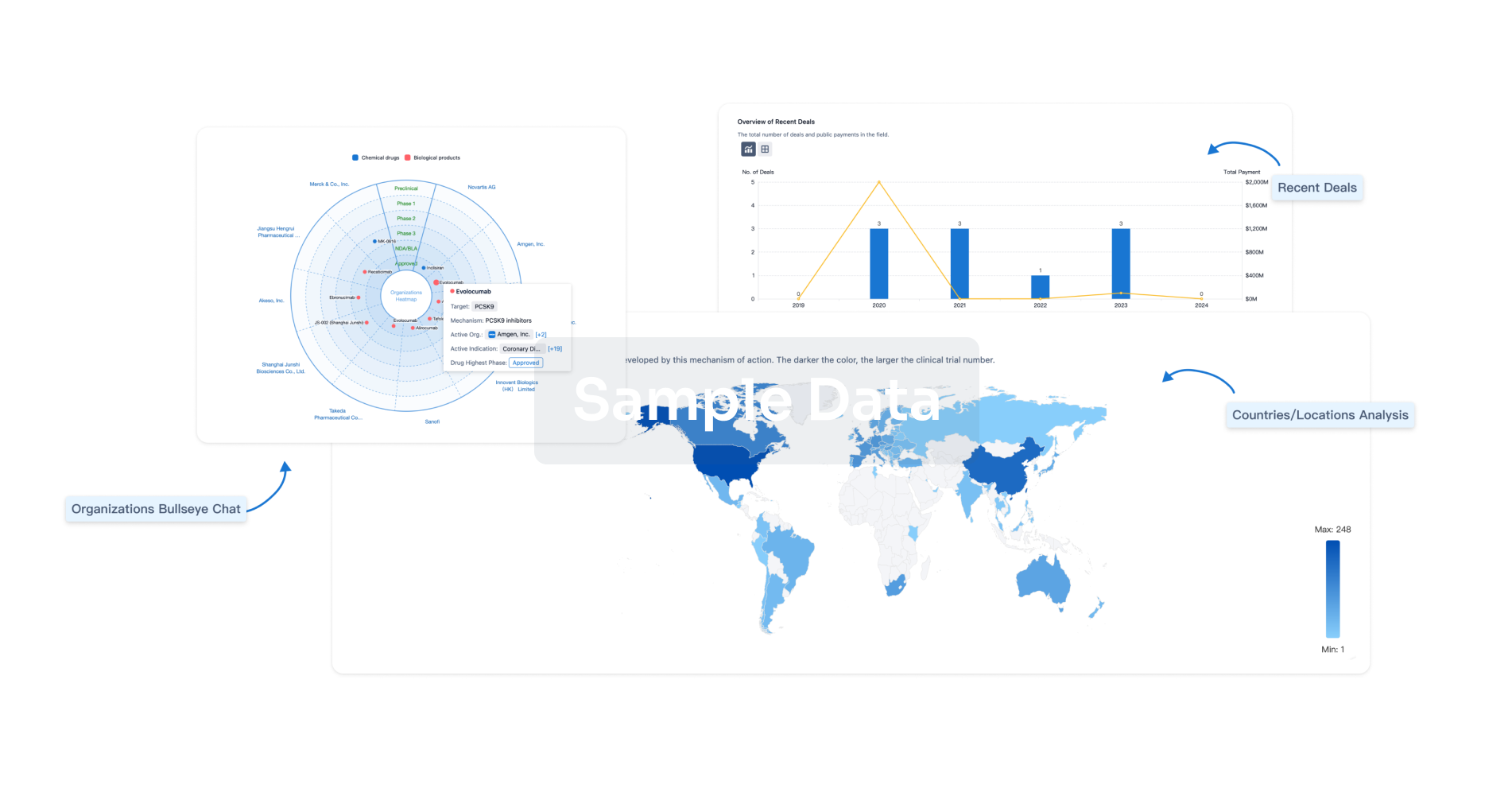Request Demo
Last update 08 May 2025
MUPP
Last update 08 May 2025
Basic Info
Synonyms major urinary protein, pseudogene, MUPP |
Introduction- |
Related
100 Clinical Results associated with MUPP
Login to view more data
100 Translational Medicine associated with MUPP
Login to view more data
0 Patents (Medical) associated with MUPP
Login to view more data
4
Literatures (Medical) associated with MUPP01 Jun 2023·Journal of Hazardous Materials
Detoxification of fluoroglucocorticoid by Acinetobacter pittii C3 via a novel defluorination pathway with hydrolysis, oxidation and reduction: Performance, genomic characteristics, and mechanism
Article
Author: Ma, Weifang ; Lun, Xiaoxiu ; Li, Sinuo ; Rene, Eldon R. ; Zhang, Panyue ; Xiang, Yayun
01 Dec 2019·Human GenomicsQ3 · MEDICINE
Update on the human and mouse lipocalin (LCN) gene family, including evidence the mouse Mup cluster is result of an “evolutionary bloom”
Q3 · MEDICINE
ReviewOA
Author: Vasiliou, Vasilis ; McAndrews, Monica ; Wang, Yewei ; Charkoftaki, Georgia ; Bruford, Elspeth A ; Thompson, David C ; Nebert, Daniel W
03 May 2017·mBio
Identification of MupP as a New Peptidoglycan Recycling Factor and Antibiotic Resistance Determinant in
Pseudomonas aeruginosa
Article
Author: Fumeaux, Coralie ; Bernhardt, Thomas G.
Analysis
Perform a panoramic analysis of this field.
login
or

AI Agents Built for Biopharma Breakthroughs
Accelerate discovery. Empower decisions. Transform outcomes.
Get started for free today!
Accelerate Strategic R&D decision making with Synapse, PatSnap’s AI-powered Connected Innovation Intelligence Platform Built for Life Sciences Professionals.
Start your data trial now!
Synapse data is also accessible to external entities via APIs or data packages. Empower better decisions with the latest in pharmaceutical intelligence.
Bio
Bio Sequences Search & Analysis
Sign up for free
Chemical
Chemical Structures Search & Analysis
Sign up for free